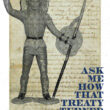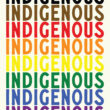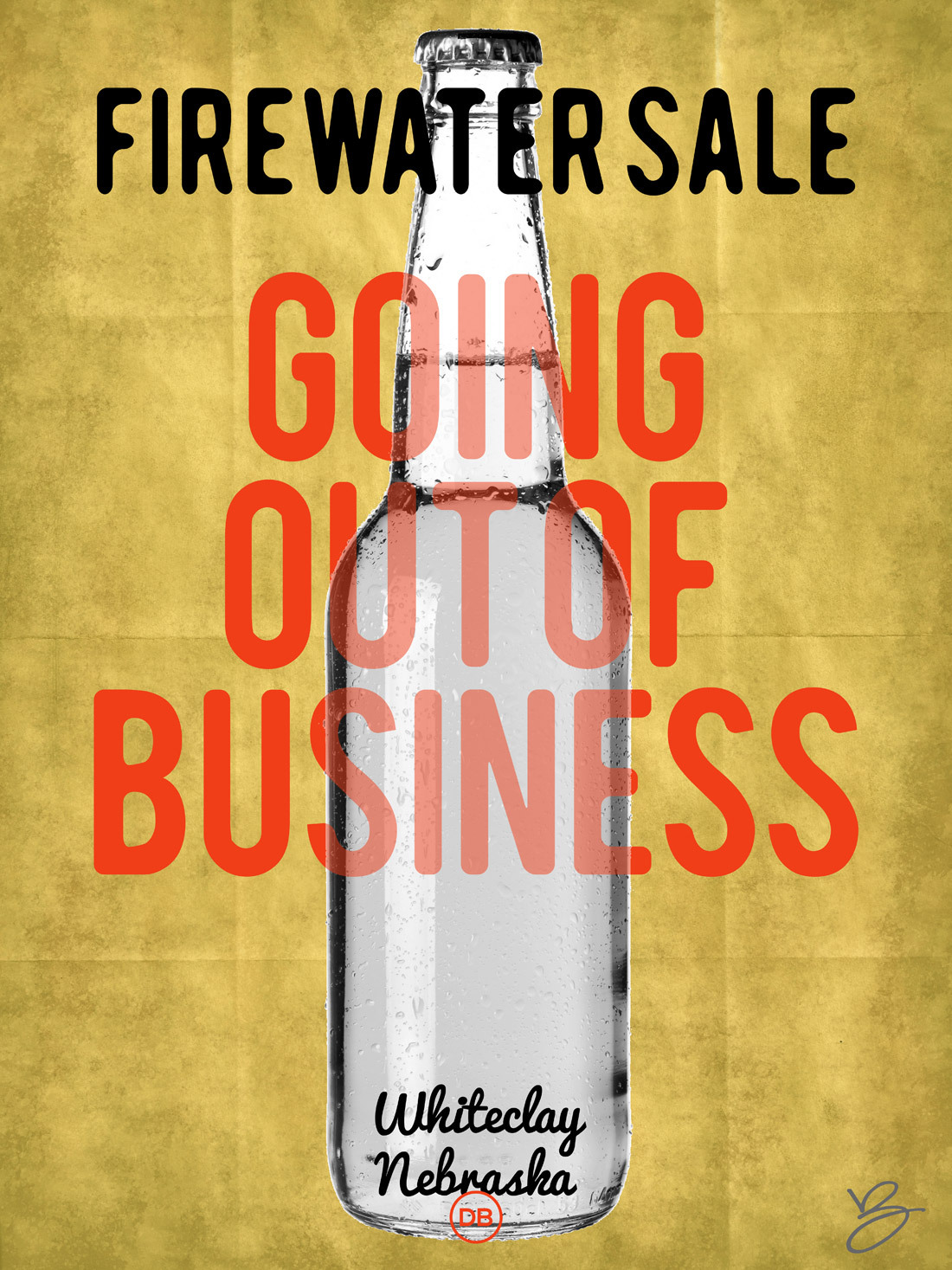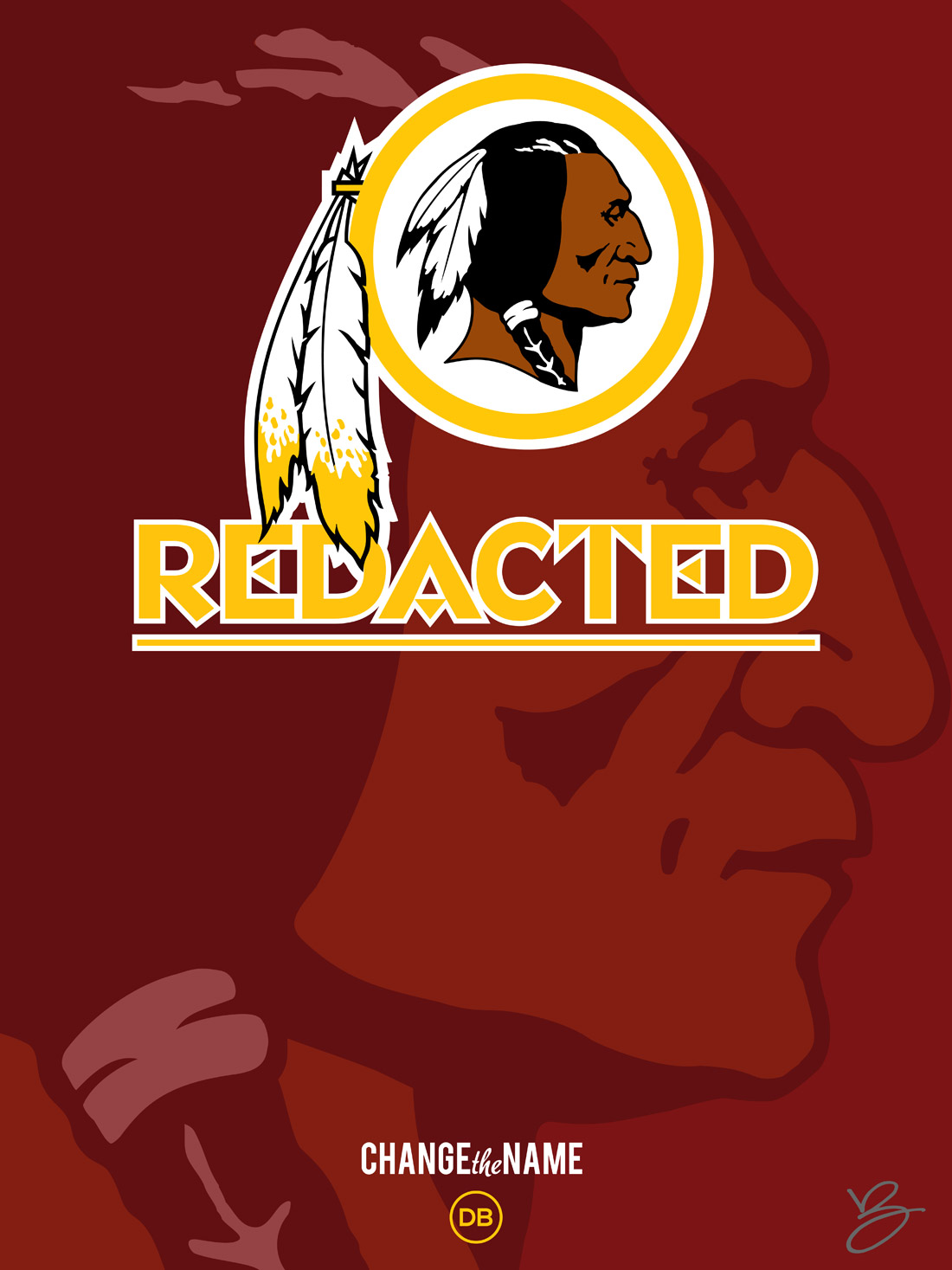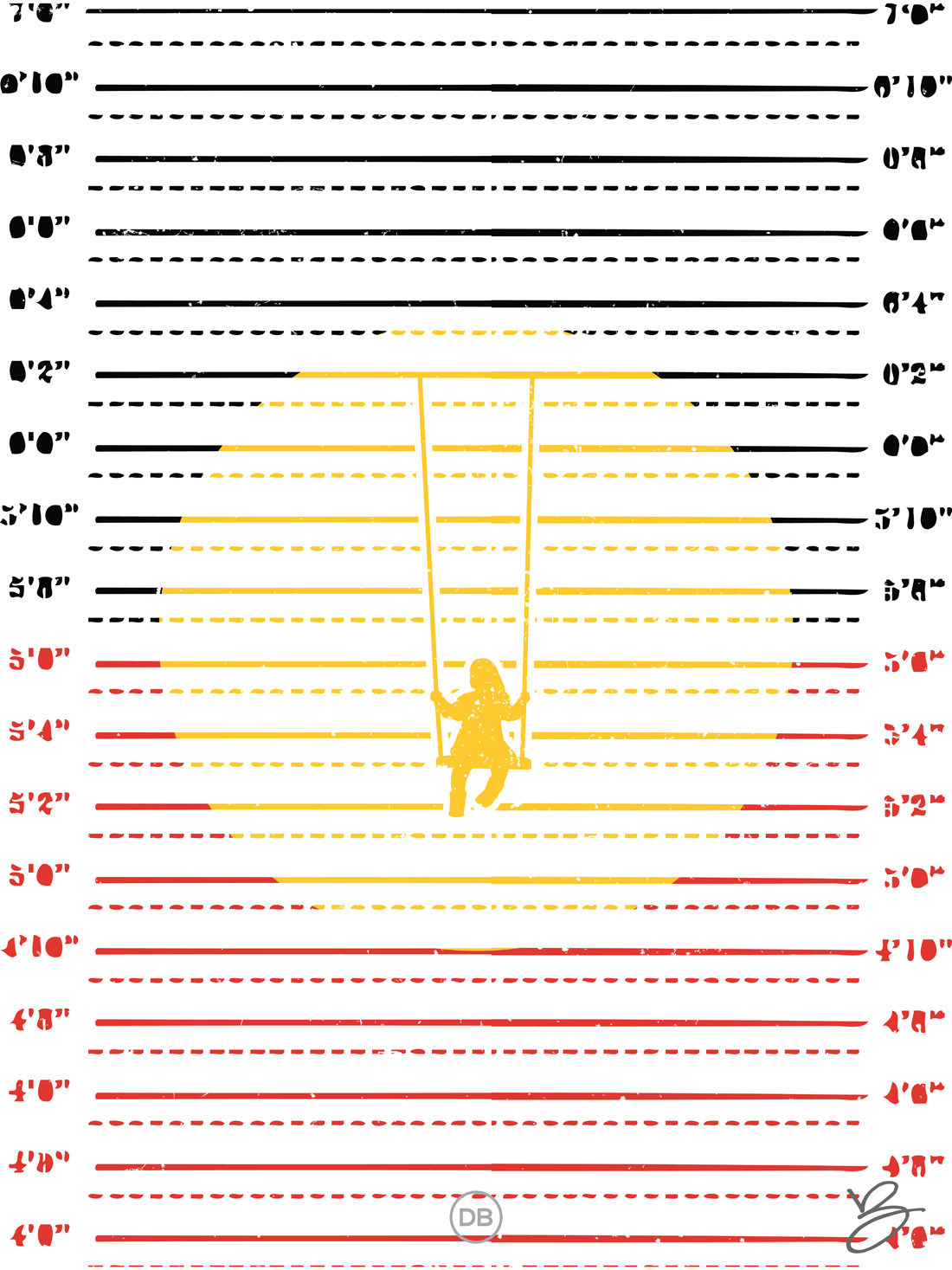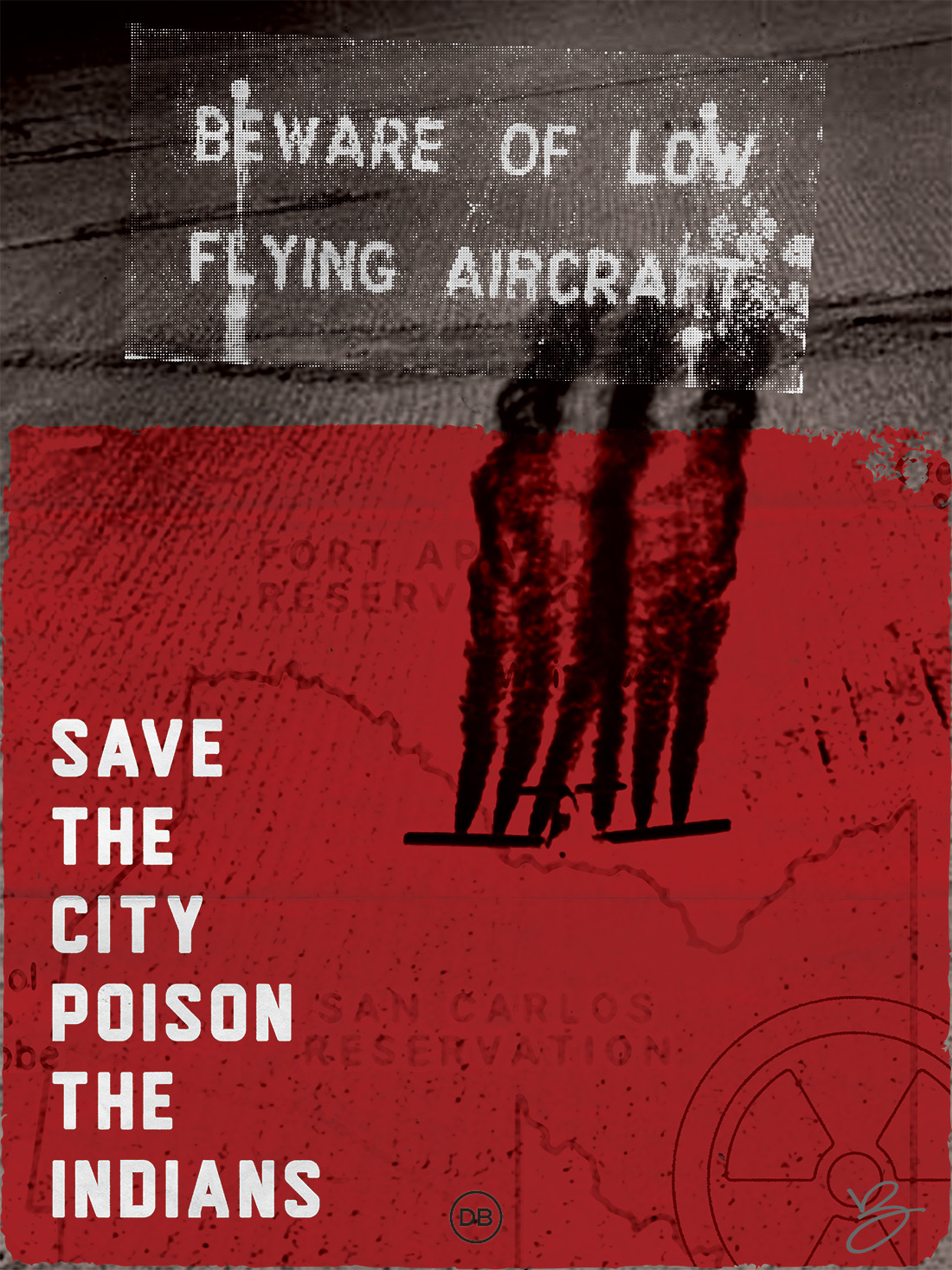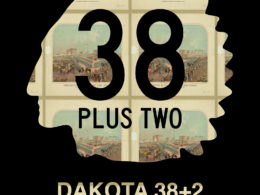Articles
“Whiteclay, Nebraska, sells more beer per capita than any town in America. In 2009, the most recent year for which we have statistics, the four liquor stores in the town of about a dozen full-time residents sold 4.6 million cans of beer. Or roughly 383,333 cans per person. Or 1,009 cans of beer per resident, per day. But the beer isn’t being consumed by the residents of Whiteclay. The town’s economy is built on the flow of booze two miles across the South Dakota border into the Oglala Sioux Pine Ridge reservation, where the sale and possession of alcohol has been illegal for more than a century. On Tuesday, the residents of Pine Ridge will hold a referendum on whether to put Whiteclay out of business.
Activists in Pine Ridge and their allies have tried for years to shut down Whiteclay. For the most part, those efforts have focused on the creation of a dry buffer zone that would extend across into Nebraska (the reservation ends at the state line). Congress had mandated the 50-mile buffer upon creation of the reservation in 1889, but in 1904, the liquor lobby successfully persuaded President Theodore Roosevelt to eliminate that buffer by executive order (which may have not been legal). Lawmakers could have extended the buffer on their own but chose not to, and despite repeated requests, no administration in Washington has been willing to consider reversing Roosevelt’s order.”
– Mother Jones, Is America’s Biggest Liquor Racket About to Go Out of Business?
“Whiteclay is not a recent phenomenon. The Nebraska town of some 6 or so permanent residents is a successor to the so-called whiskey ranches set up in the 1880s to move alcohol onto what was then called Pine Ridge Agency. The bootleggers who first supplied the liquor were replaced during the second half of the 20th century by bars and later by retail stores that were — and still are — licensed to operate by the state of Nebraska. The bootlegging hasn’t disappeared entirely, though, as liquor is not just consumed in Whiteclay but also moved illegally by various routes onto the dry Pine Ridge Indian Reservation.
However, the idea of using alcohol to ravage Indian communities is even older than that, said LaMere. He points to an 1802 letter Thomas Jefferson wrote to Seneca leader Handsome Lake in response to complaints about the effects on Seneca people of alcohol sold to them by traders. In the letter, our third president acknowledges Handsome Lake’s points that liquor “has weakened their bodies, enervated their minds, exposed them to hunger, cold, nakedness, and poverty, kept them in perpetual broils, and reduced their population.” But, Jefferson writes, the traders “have only sold what they wished to buy.” That said, Jefferson promises in oddly theatrical language — a mix of pompous and pidgin: “I am authorized by the great council of the United States to prohibit [sales of liquor]. I will sincerely cooperate with your wise men in any proper measures for this purpose.””
– Huffington Post, Liquor and Ethnic Cleansing: Whiteclay, Nebraska.
Download
Download the 18″x24″ poster (.pdf), Indian Country 52 #34 – Firewater.
Close Ups



Indian Country 52
Indian Country 52 is a weekly project by David Bernie that uses the medium of posters that promote issues and stories in Indian Country.
Creative Commons License

This work by David Bernie is licensed under a Creative Commons Attribution-NonCommercial-NoDerivatives 4.0 International License. You may download, share, and post the images under the condition that the works are attributed to the artist.


